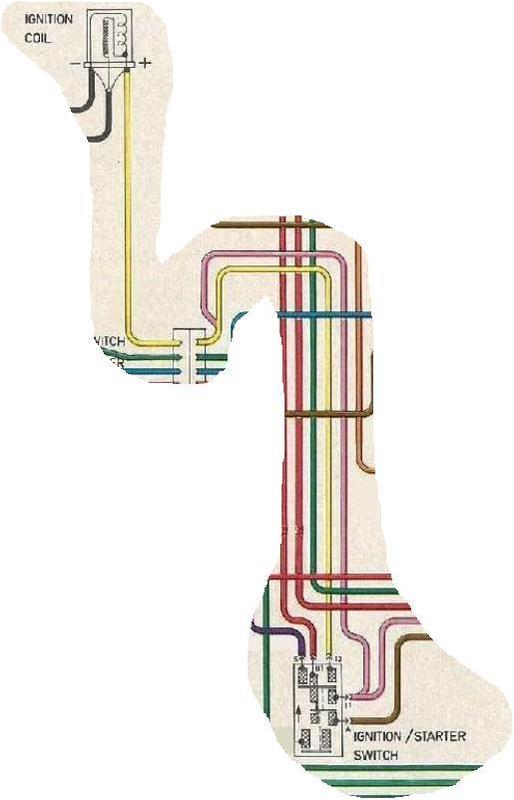Tried to get my engine to run by using the stock yellow wire for the coil in a standard pollution wiring loom from NKA (ebay). I used a Bosch HEI coil and an MSD electronic dizzy....no way! Car wouldn't even idle.
Question: what is it about this power source that will not give enough juice to the coil?
In the wiring diagram the yellow coil wire goes to the ignition switch on the steering column. Can I directly wire from the column to the fuse to get more volts or is the yellow wire a resistance (whatever that is) wire that will need to be replaced?
I want to try and use the standard loom if possible to try and keep things tidy.




 View Garage
View Garage
















